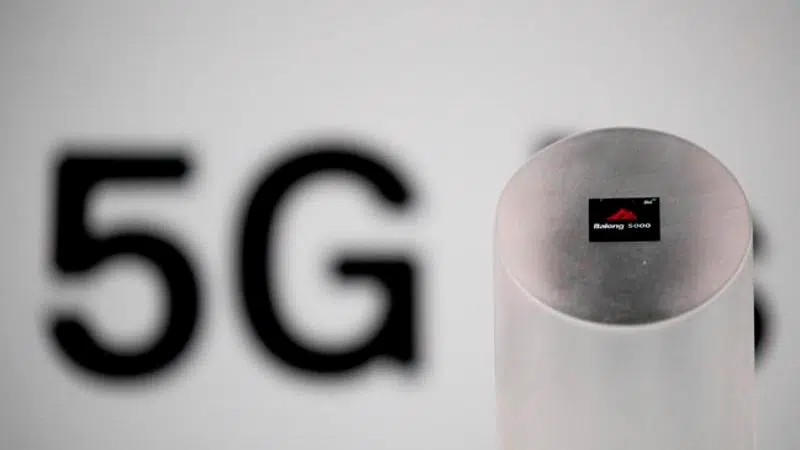
Huawei fades from U.S. headlines, but still looms large over trade talk
WASHINGTON — A Canadian reader of U.S. news reports about last week’s trade talks with China could be forgiven for wondering: what the heck happened to Huawei?
After all, the week began with the U.S. Department of Justice unsealing two damning indictments against the Chinese tech giant, including one that names chief financial officer and telecom scion Meng Wanzhou, whose arrest in Vancouver two months ago dragged Canada into an escalating battle of ideologies between the two largest economies in the world.
And yet two days later, as President Donald Trump and Vice Premier Liu He sat across from each other in the Oval Office after two days of high-level, high-stakes trade talks, the eyebrow-raising U.S. allegations of fraud, conspiracy and obstruction of justice against one of the world’s fastest-growing telecommunications firms elicited barely a mention.


